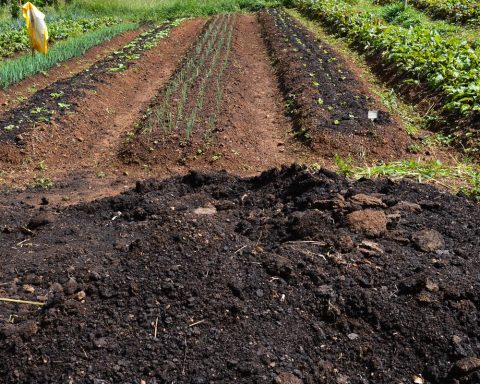The construction project of a Liquefied Natural Gas (LNG) plant that YPF and Petronas plan to carry out will have as its starting point the enactment of a future law to promote the activity, which will allow both oil companies to add the participation of third parties companies to accelerate the investments planned to develop the initiative, initially estimated at US$10,000 million.
Sources from the national company highlighted the existing expectations regarding the project that is under analysis at the Ministry of Economy, which will provide a legal framework for the LNG industry, such as early September announced Minister Sergio Massa during his visit to HoustonUSA.
The idea is Generate the necessary regulatory framework that transforms the development conditions of this productive activity into a long-term State policygiving predictability and stability to the million-dollar investments that any of the LNG projects in the pipeline will require.
On September 1, YPF and the Malaysian oil company Petronas signed a Joint Study and Development Agreement for an integrated LNG project in Argentina that will include the production of unconventional gas, the development of gas pipelines and liquefaction and maritime port infrastructure that could be located in the Bahía Blanca area, which will require a joint initial investment of US$ 10,000 million .
The understanding included a confidentiality commitment that will remain in force until the sanction in Congress of the future framework law for the productive activity and export of LNG, which once achieved will allow not only to start the development of the project, but also to open it to other oil companies interested in participating in its financing.
Due to the magnitude of the project, the same sources explained that Until the construction of the five planned modular liquefaction plants begins to materialize, it will be possible to advance in the laying of a gas pipeline from the Vaca Muerta formation to the south of Buenos Aireswhich would require at least a year of works.
From this pipeline, of a similar size to the one being carried out with the construction of the President Néstor Kirchner gas pipeline To ensure internal supply, the idea is to start the LNG export process by hiring two liquefaction vessels, with a larger capacity than the one YPF chartered at the time.
Petronas is one of the four largest LNG supplier companies in the world, and has been working with YPF for 8 years in the development of Vaca Muerta.
Now, together they embarked on the project that will have an investment of about 10,000 million dollars, in the first stage, which will allow the production of up to 5 million tons/year of LNG.
In a period of 10 years, when the work is finished, it will be possible to produce and export more than 25 million tons/year of LNG, for an equivalent of US$ 20,000 million per year.
At present the country imports, at the peak of winter consumption, around 35 LNG ships per year.
LNG, currency generator
On the contrary, when the LNG plant reaches its maximum capacity, Argentina will export more than 460 ships per year, making LNG one of the main foreign exchange generators for the country.
The legal framework of the future law will also include other aspects related to taking advantage of Vaca Muerta’s capacities, such as the one being analyzed by the US company Excelerate Energy -dedicated to supply solutions through floating regasification units- with the local company Transportadora Gas del Sur ( TGS) for the construction of another plant in the Bahía Blanca area.
Also under study is a project that allowed the province of Río Negro to transcend, which could be undertaken by the Tecpetrol company – Techint’s oil arm – and which would include the construction of a gas pipeline and a port terminal with its corresponding onshore liquefaction plant.
A recent work by Fundar e Idea highlighted that until the development of LNG technology, natural gas was transported exclusively through pipelines, but the development of this system made storage and transportation to distant markets possible: 77% of the growth of the global exchange of natural gas until 2040 will be carried out via LNG and is expected to dominate international exchanges by 2030.
Thus, the essential points that the industry considers that a future framework law should include the guarantee of fiscal stability, the free availability of foreign currency and access to the exchange market, regulatory stability that allows long-term firm contracts for both the local supply of the plants as well as for their export, and the adaptation to international standards for the reduction of CO2 emissions and the absence of methane emissions.
The expectation is that Argentina can join a business driven by the international demand for natural gas that has increased exponentially in recent decades and will grow even more due to the role of this resource in the energy transition.
Between 2001 and 2021, the annual growth in gas consumption was 2.6% on average globally.


















